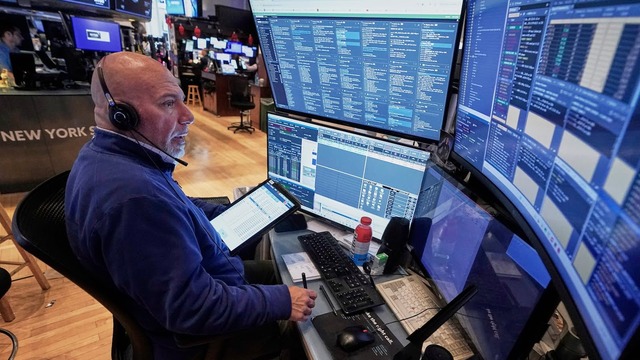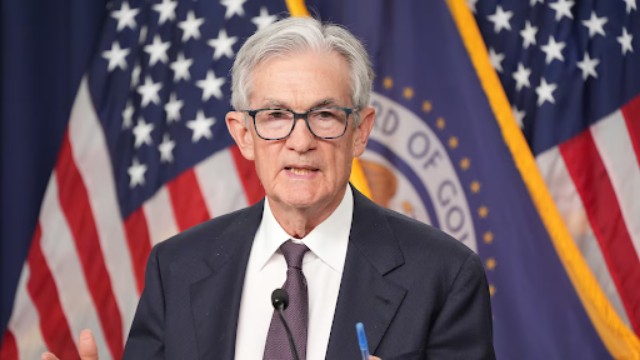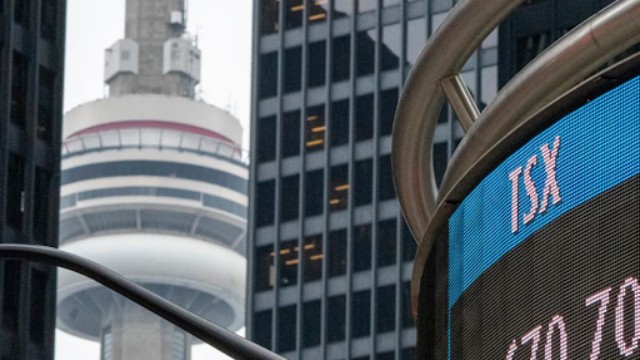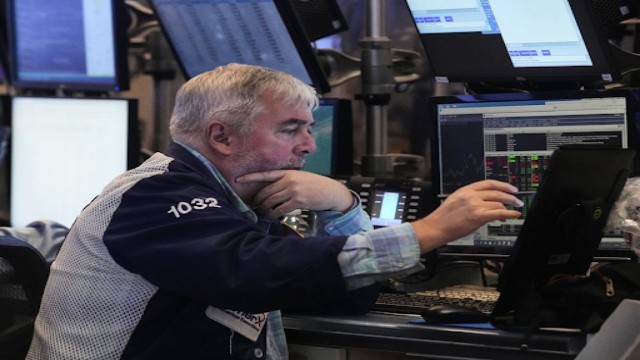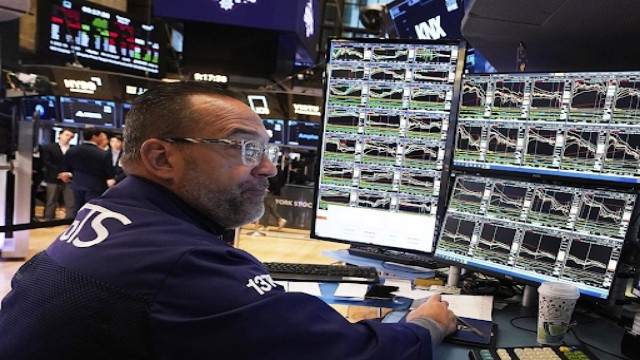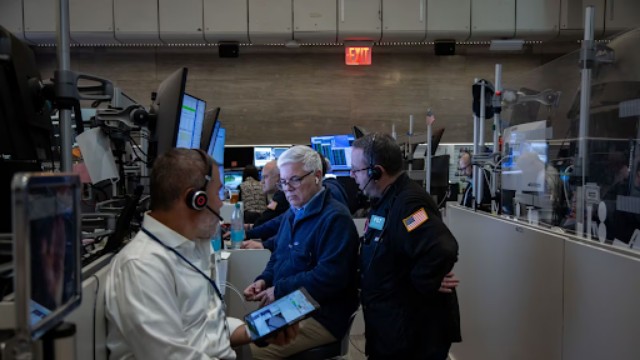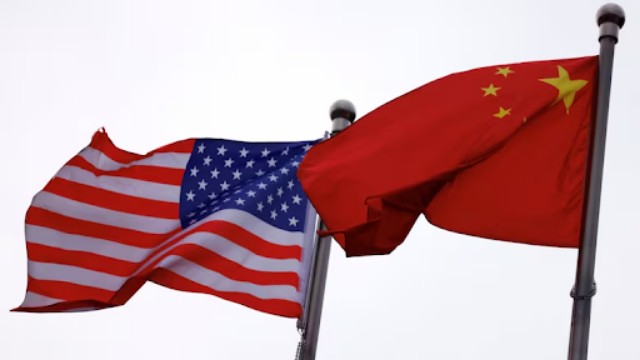
The Chinese and American flags wave outside a U.S. company’s office in Beijing on Tuesday. This comes as Trump sharply raised tariffs on Chinese goods to 104 percent, reacting to new trade measures China introduced last week. (Tingshu Wang/Reuters)
WASHINGTON — The White House announced that U.S. tariffs on Chinese imports will surge to 104% starting at midnight, following a sharp stand-off between Washington and Beijing over trade policies.
The decision comes after China refused to remove its own retaliatory tariffs on American products. White House press secretary Karoline Leavitt defended the move, stating during a press briefing, "When America gets hit, the president hits back harder." She confirmed that the new tariff rate will be enforced immediately.
Before this hike, Chinese goods were already facing a combined 54% tariff — a mix of a 20% original rate and an additional 34% penalty. These were part of a larger series of tariffs the Trump administration has imposed on multiple countries. The goal, according to officials, is to address the U.S. trade imbalance with major economies, especially China.
President Trump further escalated matters by threatening an extra 50% tariff on Chinese imports in response to China’s decision to slap 34% duties on U.S. goods. Beijing reacted strongly, labelling the move “blackmail” and vowing to resist.
China’s Commerce Ministry released a statement on Tuesday, saying it would “fight to the end,” making it clear that Beijing had no plans to back down. The comment underscored the growing rift between the two global powers and signalled that a resolution might not come easily.
Meanwhile, Trump has initiated trade talks with other countries, including Japan and South Korea. According to him, nearly 70 nations have reached out to negotiate deals with the U.S. However, China is noticeably absent from that list. Despite the conflict, Trump’s administration believes that a deal with China is still possible.
Leavitt remarked that President Trump thinks Chinese President Xi Jinping “wants to make a deal” but might be uncertain about how to begin the process. She added, “If China makes the first move, the president will respond kindly — but his priority remains doing what’s best for Americans.”

Traders are seen on the floor of the New York Stock Exchange in New York City on April 8, 2025.
Photo by Brendan McDermid, ReutersThe overnight tariff jump is one of the largest in recent trade history and highlights the Trump administration’s hardline stance against what it views as unfair practices by China. While the goal is to pressure Beijing into making trade concessions, economists warn that such aggressive moves could worsen tensions and harm global trade.
For now, U.S. businesses and consumers are left to absorb the consequences. Higher tariffs often mean higher prices for imported goods, which could impact everyday products from electronics to household items. The long-term effects of this trade battle remain uncertain, but what’s clear is that neither side is ready to step down.





